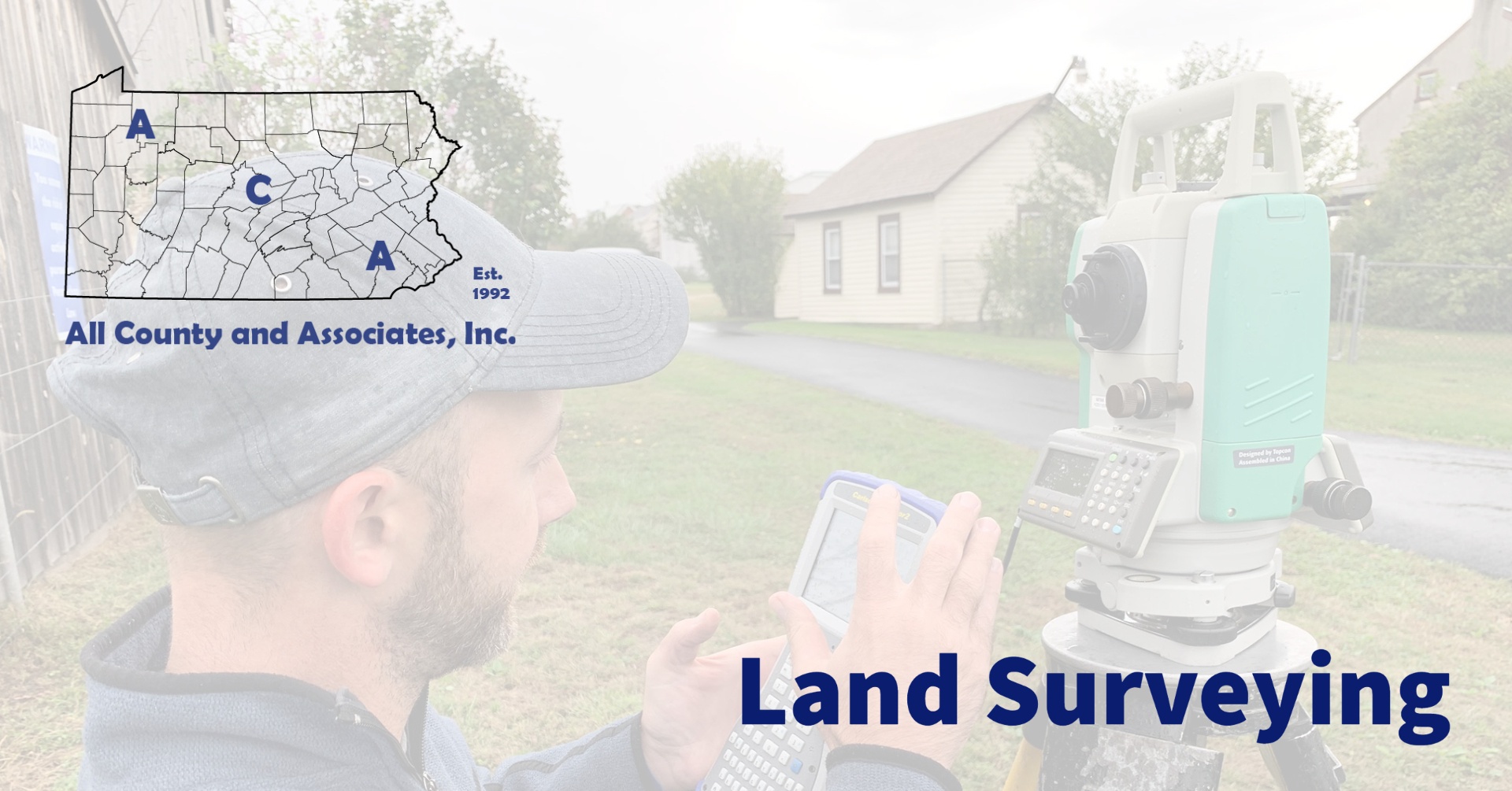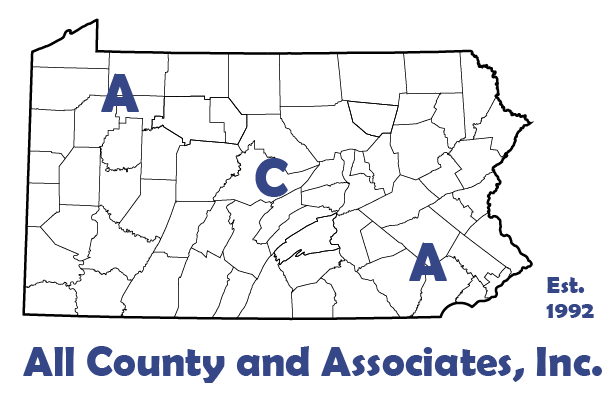
A legal document called a property deed transfers the ownership of land. The transfer includes any attached items including buildings and roads. But did you know that your deed could include easements? Let’s take a look at what an easement is and what restrictions it could have on your property.
Easement Basics
In its most basic definition, an easement grants access or limits use of a property. There are two types of easements.
A negative easement limits the use of a property. The most common form of a negative easement is a conservation easement. A conservation easement prevents future development. This is to maintain or improve water quality, wildlife habitats or forests.
An affirmative easement grants access. These easements include uses for construction, maintenance or passage. Construction easements only apply during construction. They grant access to other areas, allow for associated grading, or utility installation. Once completed, the maintenance of the land returns to the property owner. Maintenance easements provide future access to utilities and drainage facilities. To ensure future access, these easements contain limitations. A right-of-way is an easement that grants passage through a property, more to come on these.
Right-of-Way Basics
Historically, public roads passed through a part of the property. This is because the property line was the centerline of the road. Thus, the right-of-way granted everyone access to the roadway. Today, new subdivisions actually stop a property boundary line at the right-of-way.
A dedication takes place, when a public agency takes ownership of the right-of-way. Once accepted, the responsibility for maintenance transfer to the agency. Thus, a utility company handles the maintenance or repair within the right-of-way. The homeowner handles maintenance or repair of the connection from the house to the right-of-way. It is also why a municipality plows or replaces a public road. A homeowner maintains the condition and accessibility of curb and sidewalk.
Sometimes, though a right-of-way exists, a roadway was not constructed. This leads to a paper street. A paper street remains until the roadway construction occurs. Additionally, a legal process can abandon the unused right-of-way.
Remember an easement covers both above ground and underground facilities. This includes utility lines, roadways, drainage or other facilities. A right-of-way only covers the pathways through the property.
Easement Restrictions
Some easements never impact the property owners. Other times, it can place restriction or have adverse impacts on a property owner. Here is a list of a few, but not all, restrictions and limitations:
- The owner of the granting property pays taxes on the property, including the easement.
- If you have a right-of-way through your property cannot remove or bar the access.
- Easements can limit the location of items like fencing, landscaping, sheds, on-site sewage systems, pools, etc.
- Utility easements can limit the space you can build both horizontally and vertically. Gas and electric transmission lines have large easements. Additionally, overhead power line easements set limitations for the height of objects within them.
- Drainage easements ensure an owner to preserve the slope, flow and vegetation. They also allow grant future access, if the owner fails to meet their obligations.
- Though an easement might not be currently in use, that does not invalidate it for future use.
Who is ACA?
Started in 1992 and located in Chester County, PA ACA has grown to become a full-service civil engineering firm. Today, we merge professional services with practical knowledge for residential and commercial projects. No matter the scale, from installing a fence, to building a structure or developing land, you need permits. Because the approval process includes many permits and agencies, it can be a headache. Working with ACA’s full-service team saves you time, money, and headaches. Every step of the way, we are here to support you and educate you about the process. Here are some of the basic services we provide:
Construction Management | Civil Engineering | Environmental Permitting | Septic System Testing and Design | Land Surveying | Wetland Delineations and Mitigation
Please feel free to browse our website or if working on a project or need help, contact us at (610) 469-3830.


